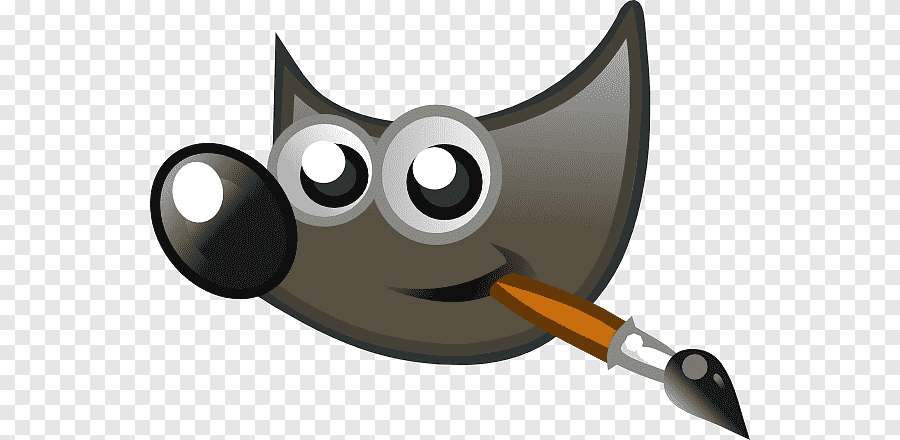Table of Contents
Introduction to cut out gimp residue

The first thing an artist wishes for is a neat look when they are finished painting. However, the advanced layer of the cut out gimp residue may stand as a deterrent in the process. This sticky matter is easy to come by, especially with adhesive, paint, or fabric. Such things are exceedingly hard to remove, and if they are not cleaned off, they can destroy the entire look of the work, leaving dirty spots on the surface that have been worked on for no good reason.
But do not worry, for understanding gimp as well as the fundamental techniques used for its removal will make sure such situations do not arise at all. It doesn’t matter if you’ve been crafting for a while or are a beginner; the gulf gimp residue is always a gaping hole that needs to be filled if one’s work quality matters. Now, what makes our most dreaded gimp residues and mic their effectiveness for a more permanent solution? Let’s investigate!
Understanding the Causes of Gimp Residue
Gimp residuals are pretty typical for graphic designers and digital editors alike. It is essential to know what causes them to minimise the amount of work needed.
One frequent reason for gimp residue is when using selection tools such as lasso or marquee selection. The edges look rugged and torn if the selection needs to be feathered correctly. So, they often remain as pieces while editing the layers.
Unwanted fumes might also be caused by overlapping layers without masks and merging them. Which is also not desirable in the end as it tends to leave behind aesthetic destruction.
Some formats that export images can also aggravate the situation further. The amount of compression and quality sacrificed is a large factor in how all the components are integrated or separated when exported.
Gimp residues will be more apparent than they ought to be when low-resolution images are used. These are some concerns of the end user, which, when understood, will help in the future development of better practices.
The Importance of Removing Gimp Residue
It is essential to get rid of cut out gimp residue for the smooth finish of your projects. Leftover adhesive is never suitable; it makes the project look like it has been done half-heartedly or in a hurry.
And that’s not all – Gimp residue has some other adverse effects apart from just looking bad. If some glue footage exists, paint, varnish, or finishing touches are likely to have poor bonding. That would create bulges and other unred issues with the materials.
Also, the presence of exposed gimp remnants makes the job look unprofessional. It does not matter whether it is a piece of art, upholstery, or DIY; a skilled craftsman pays attention to the small details.
A detailed removal process is also another way to ensure the project lasts through the ages. It pays off by preserving not only the surface of the work but also the structure itself. Therefore, time spent on this stage will spare you in the future from visible layers that flake off and patches that don’t look good and could have been avoided.
Tools and Techniques for Removing Gimp Residue
In the cleaning process, the tools used are the most essential element, especially when it comes to removing gimp residue. Begin with an adhesive limpet. This is usually an effective reliever for stubborn remains left on the surface.
After that, a plastic scraper or putty knife is recommended. These tools help remove the heavier chunks of gimp with minimal scratching to the surface. However, they should be handled with care so that no additional injury is inflicted.
Cotton swabs soaked in the adhesive remover are worth a shot for the former. This cleaning method can only apply the adhesive remover to some specific regions.
Remember the strength of heat! Once the gump has been tarnished by the warmth of a hair dryer, it can be easier to wipe off.
Finally, the clean-up of gimp traces ought to be done using microfiber cloths. Because of their softness, there is no chance of leaving residue behind.
Steps for a Flawless Finish
For a good project finish and any work you do on the surface, it should be reliably cleaned first, having no impurities. The dust and debris, if any, should be eliminated using a light cleaner. This provides an excellent base for the job.
Then, move on to the examination of the gimp area above all that precisely. Stained glues are out there, and they might need extra work. A magnifying glass can most likely assist with some little particles you sometimes do not see.
Applying the solvent would be simple. It should be used more evenly than excessively. Enough to slightly softened the gimp residue would suffice. It is used, and the light is smeared after a few seconds.
A soft paintbrush or sponge may help you access complex regions without harming cl pieces for deep patterns. Always move slowly and place one step before the other; if you’re in a hurry, chances are high that you will make an error.
When all the residues have been cleaned, one more clean wipe of all the surfaces should be done with a clean cloth. This stage also leaves your project exceptionally clean and ensures all remaining particles are dealt with.
Preventing Gimp Residue in Future Projects
Consider using high-quality materials first to avoid having gimp residue in the later operations of the project. The choice of glue has a pronounced influence. Prefer products that have been developed to reduce squeeze-out glue.
Then, proceed with improving your workspace order. Cease using dirty tools and surfaces to prevent cross-contamination of materials and surfaces, which may contaminate the immersed substance.
Do not use adhesives in excess. A little adhesive will work well when doing geometry, reducing the probability of drips and spills.
As you work on the project, keep looking for potential errors and correcting them as you go. Fixing problems at the beginning is easier than doing so later after much more effort has been expended.
Do not forget to invest in the storage of gimp material that may remain after usage. Sealing it makes its usage more accessible, and there will be a considerably reduced mess from using such materials in the future.
Your workflow may be more organised if you make these simple changes since there will be less of a need to perform clean-up at a later stage.
Conclusion
Ensuring that gimp residues are cut off is very important since it gives a clean finish to your projects. Analysing this problem and determining its sources can help prevent it in the first place. How you approach the removal process will also determine how effective the removal will be while ensuring the process is seamless. There is an English proverb that states the usefulness of preparing in advance. ‘A stitch in time saves nine.’Employing the best practices during your practice or work will undoubtedly ensure that the gimp residue will not be persistent in your work. You are ready with the best tips to handle any project without fearing residue buildups after the job is done.
For the people ready, a perfect finish is there for the taking! Do not hesitate to adopt these good practices for perfect results whenever you design. For people starting to create new designs that require cutting gimp residue, it is a task that can improve your handwork skills considerably.
FAQs:
Q: Why is it essential to cut out gimp residue from my projects?
A: Cutting out gimp residue is essential for achieving a clean and professional finish, ensuring your work looks polished.
Q: What are common causes of gimp residue that I should be aware of?
A: Common causes include improper selection of too-lapping layers without masks, which can leave unwanted residue.
Q: How can I effectively cut out gimp residue from fabric?
A: Use an adhesive remover and a plastic scraper to gently cut out gimp residue from the fabric without damaging it.
Q: Can I prevent gimp residue when working on digital projects?
A: Yes, by using high-quality images and careful selection techniques, you can minimise the need to cut out gimp residue later.
Q: What should I do after cutting out gimp residue?
A: After cutting out gimp residue, wipe the area with a clean cloth to ensure all traces are removed for a flawless finish.
Q: How does low-resolution imagery contribute to gimp residue?
A: Low-resolution images can exacerbate gimp residue visibility, making it harder to achieve a clean look and necessitating removal.
Q: Is it possible to cut out gimp residue without damaging my artwork?
A: Absolutely! Use gentle methods and appropriate tools to carefully cut out gimp residue without harming your artwork.
Q: What are some preventive measures to avoid gimp residue?
A: Use quality adhesives, keep your workspace clean, and monitor your materials to help prevent the need to cut out gimp residue.
Q: How can I ensure a long-lasting finish after cutting out gimp residue?
A: Proper cleaning and sealing after cutting out gimp residue will help preserve the integrity of your project for years to come.


